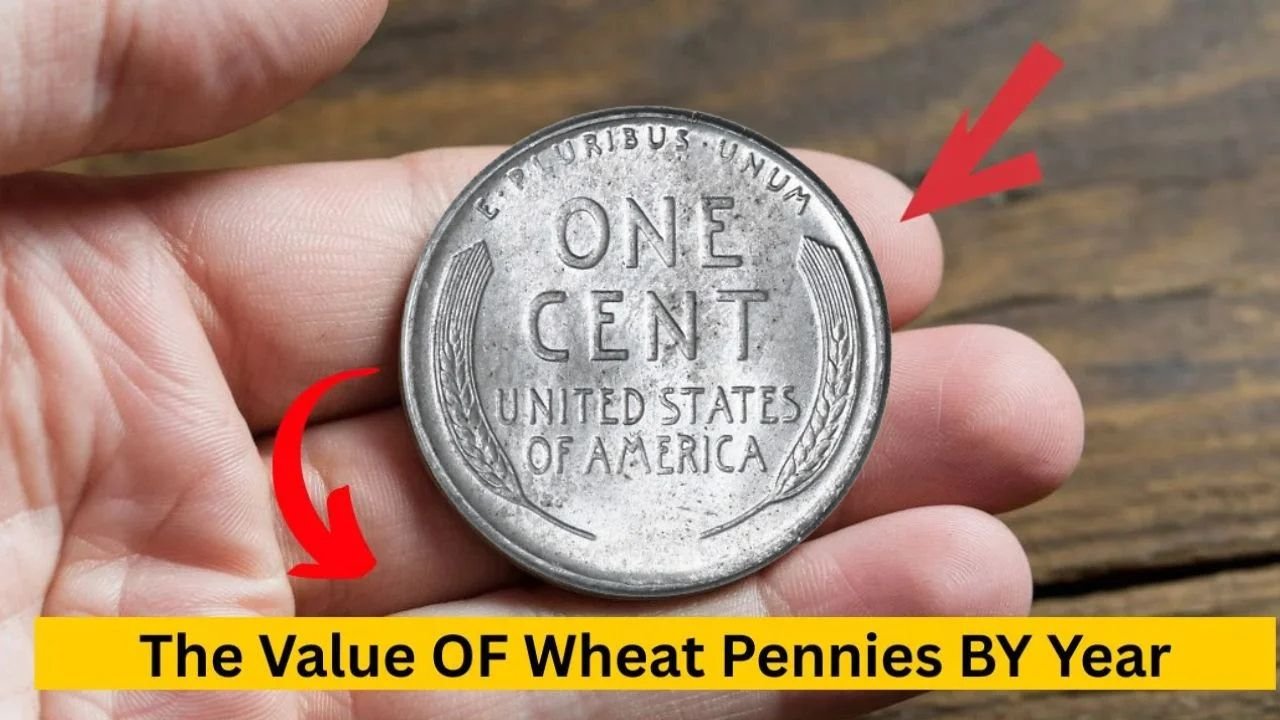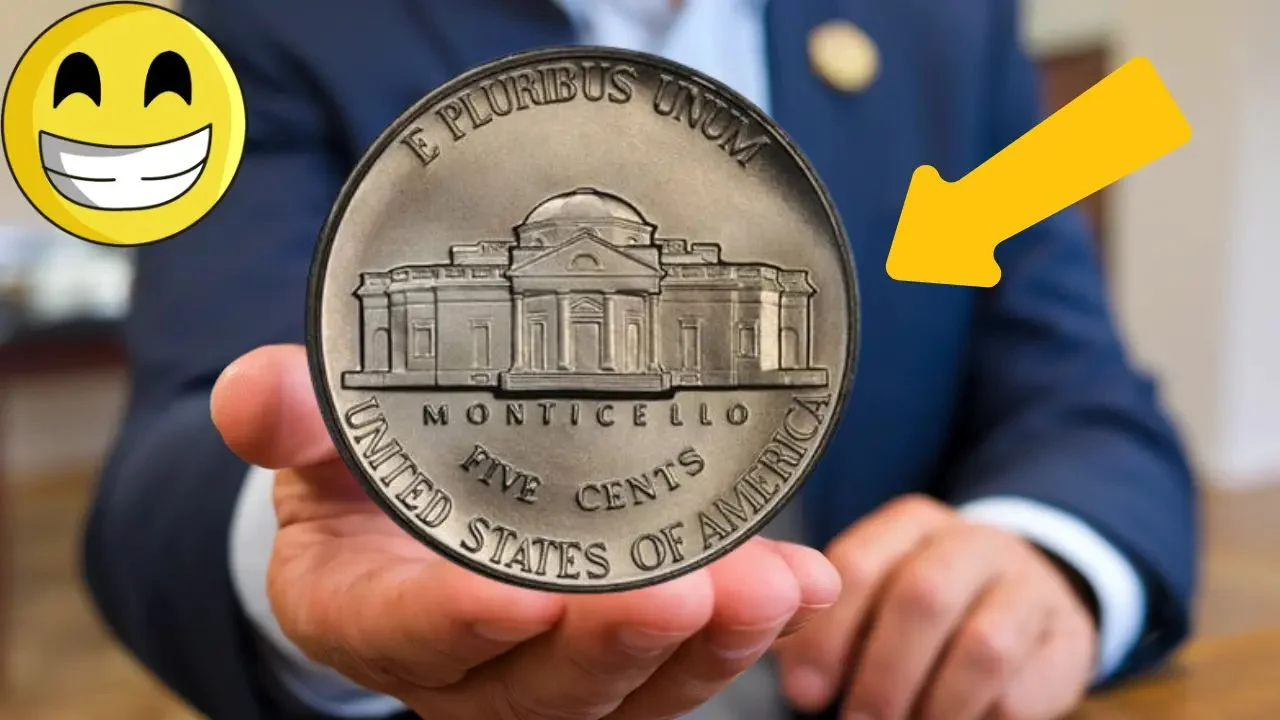The Value of Wheat Pennies by Year: Wheat pennies are among the most fascinating coins ever produced in the United States. These small copper coins, which were minted between 1909 and 1958, hold an important place in history and are loved by both casual collectors and serious numismatists. Even though they are not in circulation today, wheat pennies continue to spark curiosity because some of them are worth far more than just a single cent. Understanding their value year by year can help collectors identify which coins to look out for and which ones may carry hidden treasures.
The Story Behind Wheat Pennies
The wheat penny was first introduced in 1909 to celebrate the 100th birthday of Abraham Lincoln. It was the first U.S. coin to feature the image of a real person, rather than symbols like Lady Liberty. Designed by Victor David Brenner, the coin features Lincoln on the front and two wheat stalks on the back, which gave it the nickname “wheat penny.” These coins were minted until 1958, after which the reverse design was changed to the Lincoln Memorial.
Why Wheat Pennies Are Special
Wheat pennies are not just ordinary coins. They represent a turning point in U.S. coin design and connect people to an earlier time in American history. Many collectors are drawn to them because they are affordable to start with, but certain rare years and mint marks can be extremely valuable. For example, pennies with low mintages, errors, or coins made during wartime when metals were scarce often carry much higher value.
Factors That Affect the Value of Wheat Pennies
The value of a wheat penny depends on several important factors. The first is the year and mint mark. Coins minted in certain years or at certain locations, such as Denver or San Francisco, may be more rare. Condition is also a key factor. A coin in excellent condition with clear details can be worth much more than one that is worn and faded. Errors also play a big role. Misprints, double strikes, or off-center designs often make a coin far more valuable to collectors.
Wheat Penny Values by Year
To give collectors an idea of how wheat penny values change over the years, here is a simple table with some general examples. Keep in mind that exact prices can vary depending on condition, rarity, and demand.
| Year | Common Value (Circulated) | Rare or Mint Condition Value |
|---|---|---|
| 1909 VDB | $3 – $15 | $500+ |
| 1914 D | $150 – $300 | $3,000+ |
| 1922 No D | $500 – $1,000 | $15,000+ |
| 1931 S | $50 – $100 | $200+ |
| 1943 Steel | $0.50 – $5 | $50+ |
| 1943 Copper | Extremely Rare | $100,000+ |
| 1955 Double Die | $1,000 – $2,500 | $10,000+ |
| 1958 | $0.10 – $0.20 | $5+ |
This table shows that while most wheat pennies can be worth just a few cents, certain rare varieties can be worth hundreds or even thousands of dollars. The 1943 copper penny, for example, is one of the most famous error coins and has been sold at auctions for huge amounts.
The Joy of Collecting Wheat Pennies
Collecting wheat pennies is not just about their monetary value. Many people enjoy the history and beauty of these coins. Searching through old coin rolls, visiting flea markets, or even checking inherited collections can lead to surprising finds. Some collectors set out to collect every year and mint mark, while others simply enjoy discovering a rare piece by chance. The joy of finding a coin that is decades old creates a sense of connection with the past.
Tips for New Collectors
If you are new to collecting wheat pennies, start by familiarizing yourself with the years and mint marks. Learning to recognize rare varieties, such as the 1955 Double Die or the 1922 No D, can save you from overlooking a valuable coin. It is also wise to invest in protective holders to preserve the condition of the coins. Over time, you may build a collection that is both historically meaningful and potentially valuable.
FAQs About Wheat Pennies
Are all wheat pennies valuable?
Not all wheat pennies are valuable. Most are worth only a few cents to a few dollars, but rare varieties can be worth much more.
What is the rarest wheat penny?
The 1943 copper penny is considered one of the rarest and most valuable wheat pennies, sometimes selling for over $100,000.
How do I know if my wheat penny is rare?
Check the year, mint mark, and look for error varieties. A professional coin grading service can also help determine authenticity and value.
Can I still find wheat pennies in circulation?
It is extremely rare, but sometimes wheat pennies still show up in pocket change. They are more commonly found in old coin jars, collections, or estate sales.
Conclusion
Wheat pennies are more than just coins; they are a piece of American history. While many of them are worth only a small amount, rare dates, mint marks, and errors can make certain pennies incredibly valuable. Whether you are a beginner or a seasoned collector, wheat pennies offer an exciting way to explore history and treasure hunting at the same time. Collecting them can be both educational and rewarding, and who knows—you might even come across a hidden gem in your own collection.




